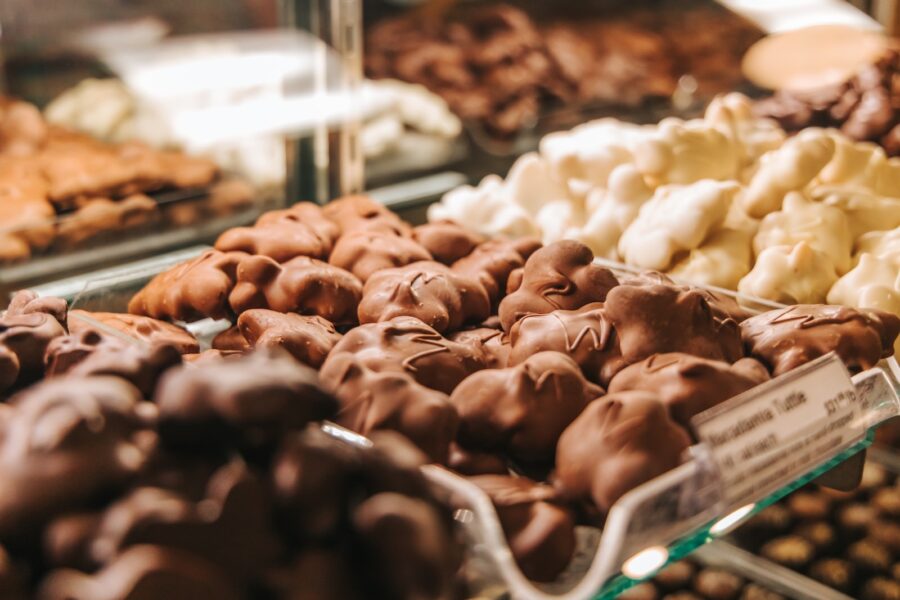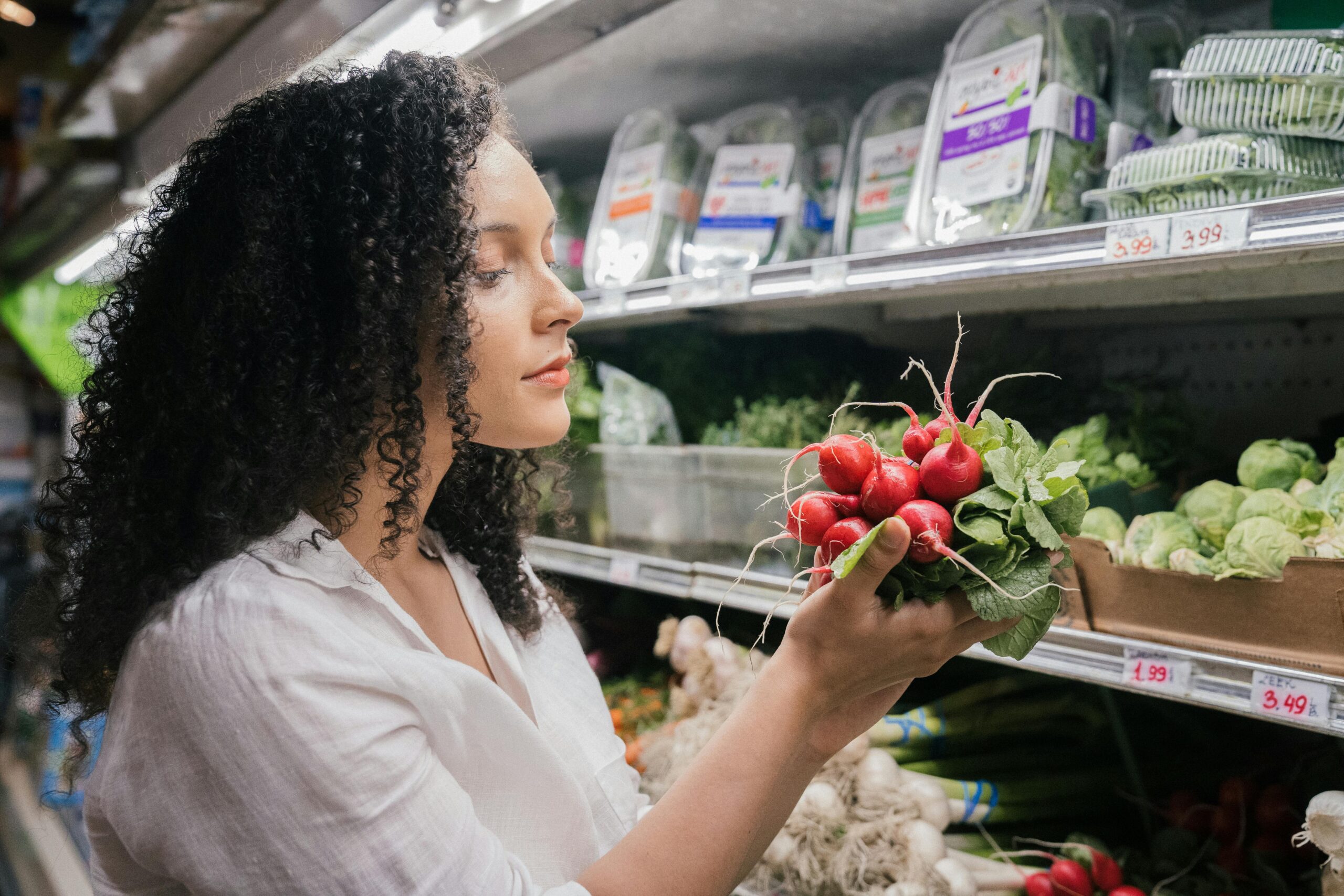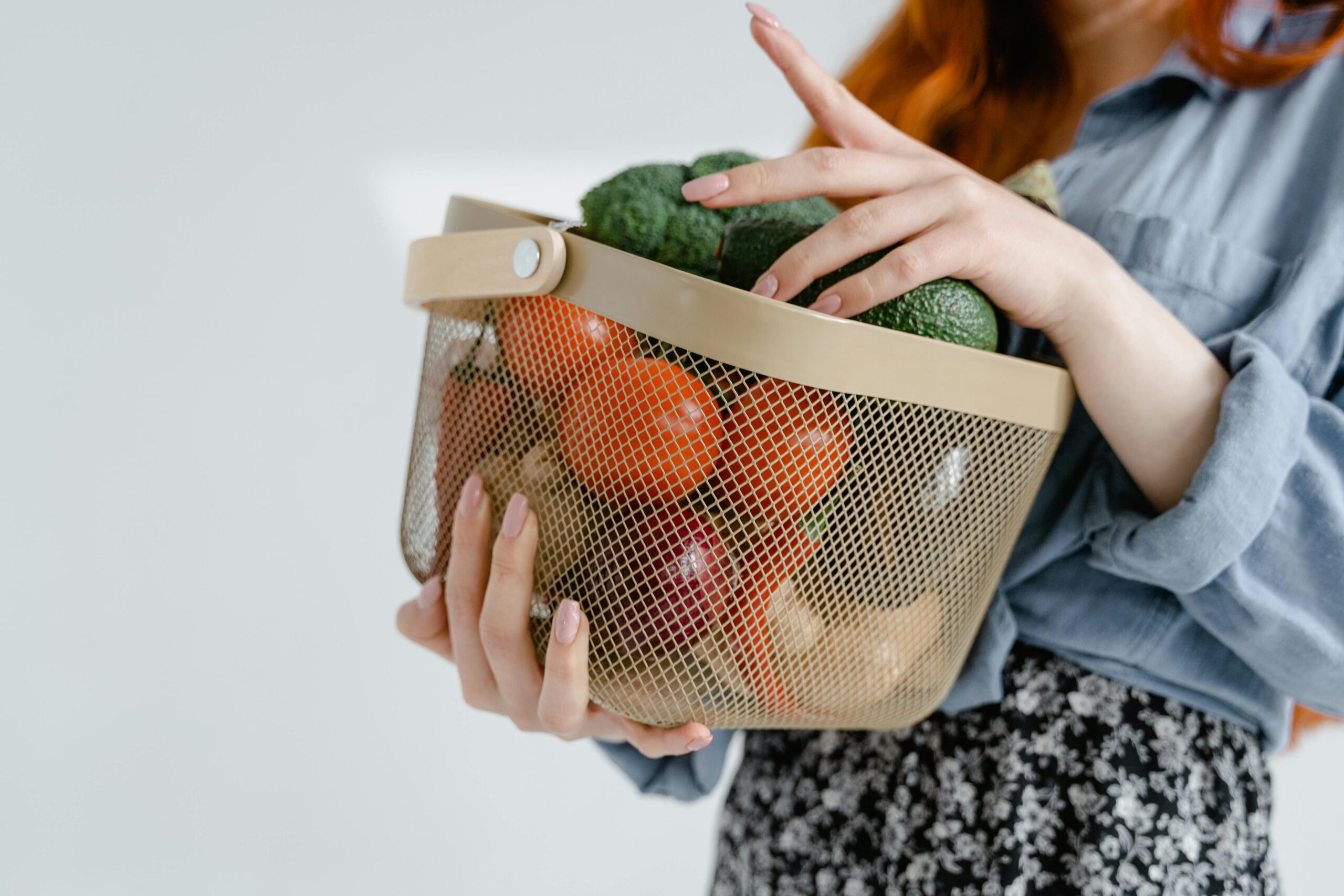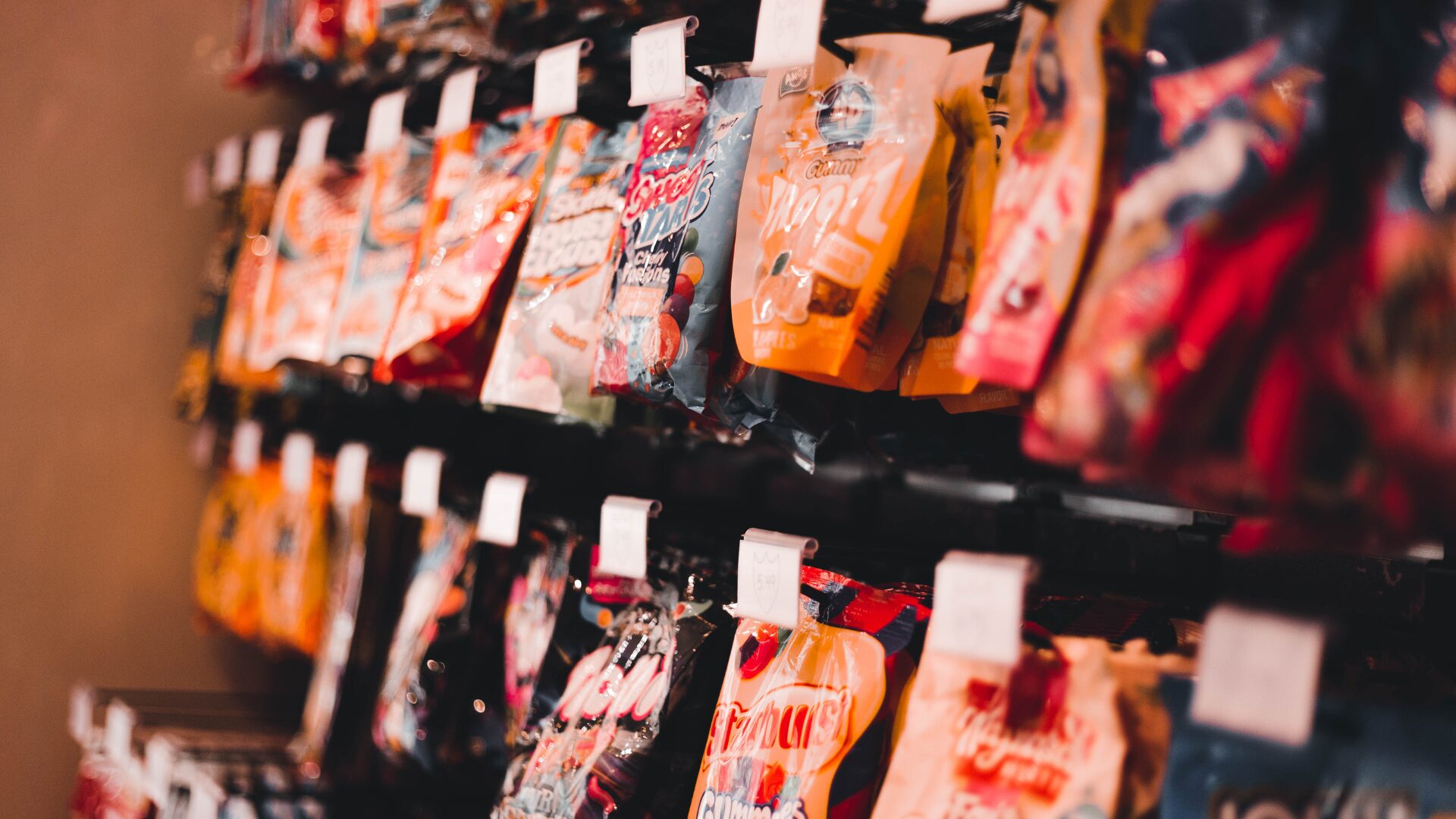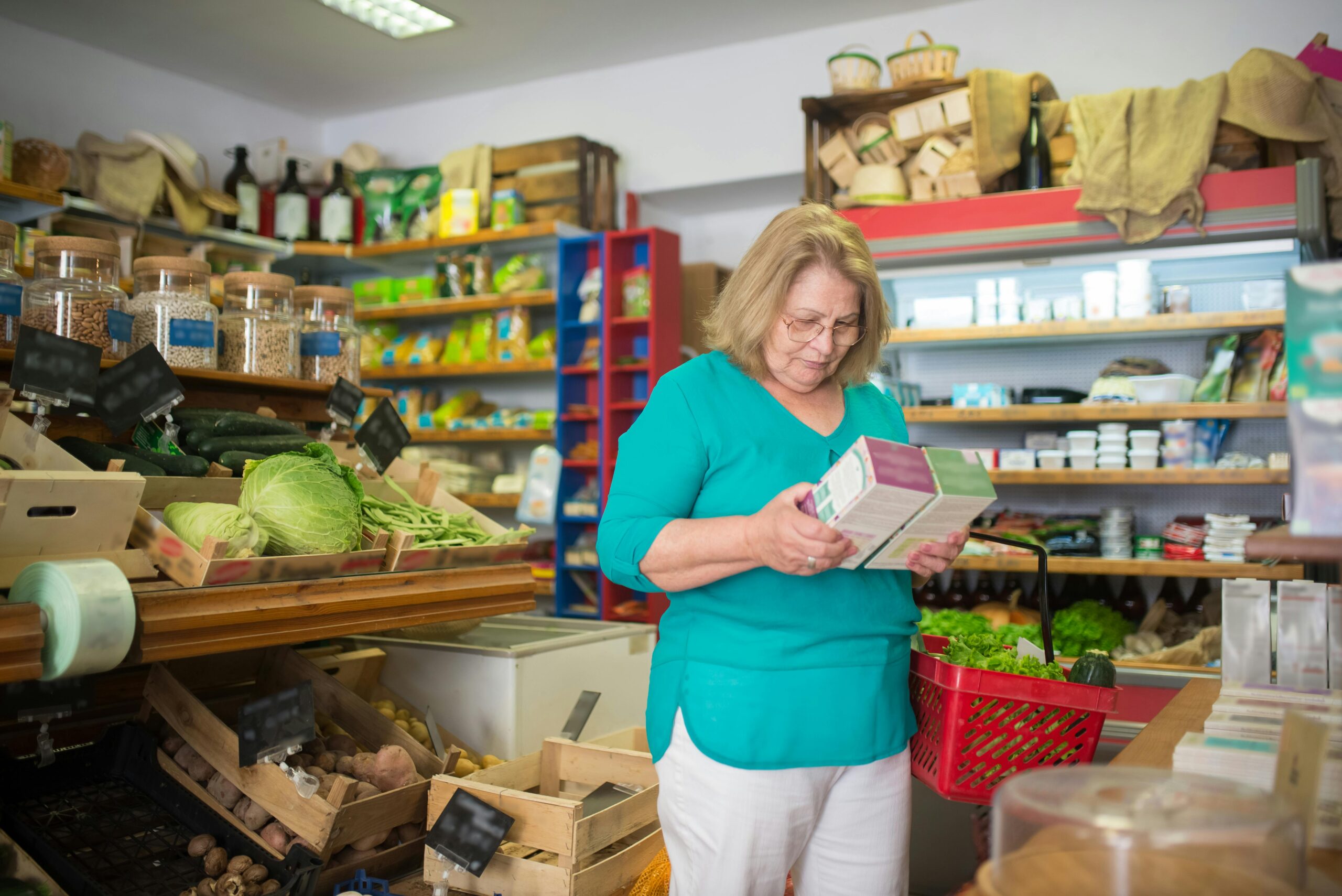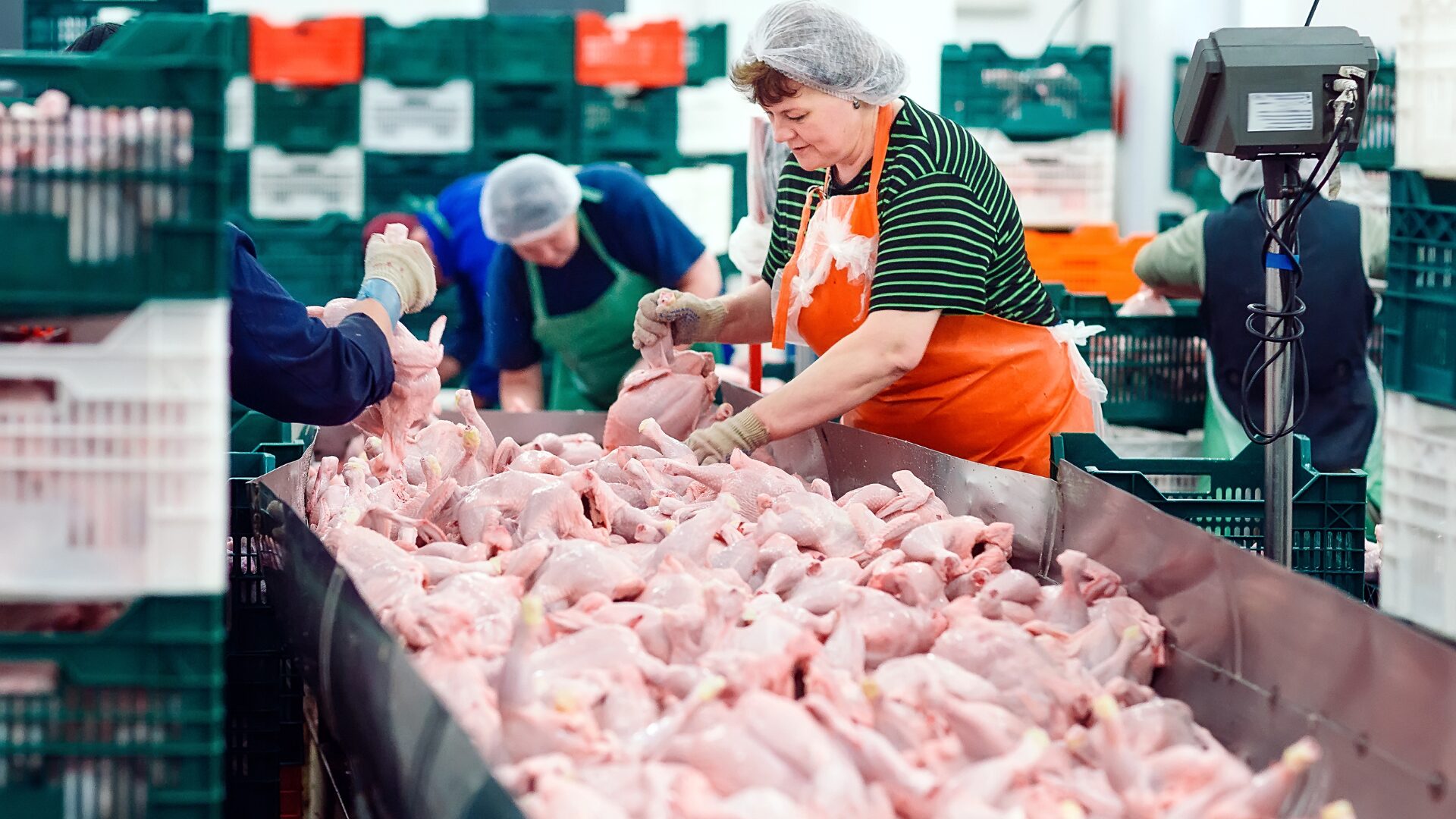What if candy were associated more with a lifestyle and not with high-sugar, indulgence-driven snacking?
That’s how the Swedes do it. In the 1970s, a Swedish dentist created a campaign suggesting children only eat candy on Saturdays instead of throughout the week. Known simply as “Saturday candy,” Swedish families soon found themselves buying candy in bulk and saving it for a mid-weekend snack and celebration. Over time, “Saturday candy” gave rise to a cultural tradition and an informal national holiday known as lördagsgodis and has informed (and in many ways, transformed) Swedish culture for decades.
Like many traditions, this one has transformed too with the rise of direct-to-consumer e-commerce and the steady availability of candy from the comfort of home. Swedes are the world’s no. 1 consumer of candy, accounting for roughly 35 lbs. per capita per year according to the Swedish Board of Agriculture. Despite the cavalcade of candy, however, Sweden consistently ranks as one of the healthiest countries on Earth, often near the top of many world’s healthiest countries lists.
Outside of Scandinavia, candy is of course thriving. In late August, the State of the Candy Industry made swift (and sweet) work of recent consumer retail and grocery data. Presented by Candy Industry, Cargill, and AAK, the webinar laid bare a few facts about many peoples’ favorite indulgences.
Chocolate Reigns as Gummies Rise
The confection category experienced 6% year-over-year growth. And though units are down, sales are up.
Chocolate candy maintains a Wonka-esque grip on the industry and accounts for over 50% of candy sales as double-digit price increases for most categories are forcing consumers to slow down in their annual candy consumption.
About 98.1% of all households buy candy and 97% of them make repeat purchases for their favorite treats to the tune of about 35 trips per year (up 1% YOY).
The average American spends $254 per year on candy. Dan Sadler is principal, client insights at Circana and revealed the near eight-figure opportunity lurking in the neon-bright candy aisle as 9% of consumers are exclusive chocolate eaters and 2% exclusive to non-chocolate; “There’s an $80 million opportunity if you persuade the exclusive shoppers to branch out,” he noted.
Confections is a $36.1 billion industry and dollar sales are up across all channels, though the only unit growth is online.
Another rich opportunity, Sadler noted, is in novelty non-chocolate candy. “Chewy candy has really been the darling of confections the past few years,” he noted, as even sugarless gum dollar and unit sales were both ascendant (20% and 7%, respectively). Though innovation rates in new flavors and textures fell off after the pandemic, a not-so-subtle shift is occurring in the market, from legacy brands such as Reese’s finding success with products like its Big Cup. Mars is easily capturing consumers with its M&Ms multipacks, and Skittles Gummies continue to evolve.
Changing consumer habits are also forcing a bit of a squeeze on many candy options. People are more aware of their health than ever before and taking actionable steps to curb sugar intake and feel better, and though candy and confections are part of a mental/emotional wellbeing cycle, their more direct effects are seen in the gut and not the head.
Per the “Contemporary Confection” report from Cargill,
- 51% of consumers are decreasing their intake of high fructose corn syrup
- 46% avoid artificial sweeteners
- 42% avoid or have decreased their intake of refined sugar
The report also reinforces all data Sadler mentioned. Top categories of growth include mints overall (up 29%); pastilles, gums, jellies, and chews (up 22%); perhaps unsurprisingly, medicated confectionary is up 20% as consumers truly demand it all from their indulgences, hoping for less sugar, full flavor, and a variety of better-for-you options in their functional sweets.
As a result, many confectionary brands are hustling to provide ethically and environmentally sourced ingredients, including such trends as regenerative agriculture, soil health, and environmentally friendly packaging. Personalization continues to sell, and while taste and quality remain the top factors that fuel candy purchases, plant-based proteins and sugar alternatives in the form of new sweetener technologies continue to evolve the space.
To round out the story, The Food Institute went straight to the source of cultural candy in the Midwest – The American Swedish Institute, in Minneapolis.
“Americans could learn from the year-round camaraderie of partaking in eating candy together and sharing those social moments,” museum officials said. When asked about their top-selling candy, it should come as no surprise that Swedish Fish finished first at ASI, followed by Läkerol green Original (licorice- and menthol-flavored chewy lozenges) and finally Hellas Black Licorice Pipe (licorice-shaped pipes).
More than three years after the world shut down, it’s good to know some indulgences still make the world go round. The German company Haribo, the world’s primary producer of gummy bears, has opened its first American production facility in Pleasant Prairie, Wisconsin, on the eastern banks of the state near Lake Michigan. Despite inflation, rising interest rates, reduced SNAP benefits, and rising home costs, most consumers are still budgeting for their favorite treats.


